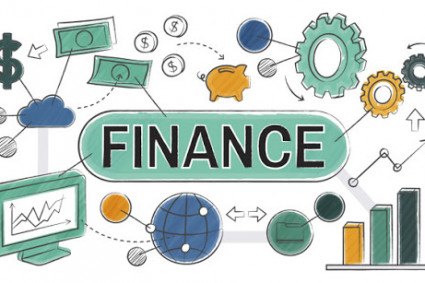As a customer you simply walk into the store, purchase the products, and swipe the card at POS, and happily walk out of the store. Have you ever wondered what goes behind credit card transaction processing? It isn’t necessary to delve deep into the complexity of credit card transactions working to find the best credit card payment processor. It is, however, not a bad idea to have a general understanding of credit card transaction processing.
Here we will guide you through the key aspects of credit card transaction processing.
Players involved
An individual credit card transaction requires the participation of seven players:
- Cardholder- A cardholder is a customer who wants to make payment for the purchase using a credit or debit card.
- Card issuer- Card issuers are responsible for issuing cards on the behalf of credit associations such as Visa and MasterCard.
- Acquiring bank — An acquiring bank, also known as a merchant bank, accepts credit or debit card transactions on behalf of the merchant.
- Merchant — Merchant is the one who makes a deal with an acquiring bank to accept card payments.
- Credit Card Associations — Credit Card Associations are the associations that govern the issuing and acquiring Visa and MasterCard cards.
- Payment Processor — Payment processor is an organization that makes a deal with an acquiring bank to provide merchants with credit card transaction processing on behalf of the acquirer.
- Service Provider — Service Provider is a third party that agrees to provide any of the following services to the merchant
· Payment gateways
· Web Hosting
· SSL certificates
· Shopping Carts
Credit Card transaction process
- A customer or a cardholder enters the card details or swipe the card at the PoS terminal
- Merchant process and ascertain the transaction information. After that, it sends the transaction information to the merchant bank for authorization.
- Merchant bank furthers sends the authorization request to the credit card network.
- The credit card network transmits the request to the card issuer.
- The card issuer then either approves or declines the transaction.
- The credit card network forwards the status of authorization or card issuer’s response to the merchant bank.
- Merchant bank further passes the response to the merchant.
- The merchant receives the response and completes the transaction accordingly.
- After that, the merchant sends the transaction receipt to the merchant bank.
- Merchant bank deposits the funds from the payment to the merchant’s bank account and sends the transaction to the credit card network for settlement.
- The credit card network facilitates settlement pays to the merchant and the debit the card issuer’s account.
- The card issuer sends the transaction to the cardholder’s account.
- Finally, the cardholder receives the payment.
Transaction stages
- Authorization — it is the process of granting approval or declining the card transaction.
- Authentication — a process of examining the genuine user during a credit card processing transaction. It is established by verifying the funds in the account. It also verifies the cardholder’s name and other key details.
- Clearing — a process through which a card issuer sends transaction information to the processing bank.
- Capture — it is the process of retaining cardholder’s information for submission for settlement.
- Settlement — it is the process when a card-issuing bank deposits funds to a processing bank to finally complete the cleared transaction.



